You can spend a fortune pursuing your goal so just how far should you go and what will you achieve by spending it.
To begin with let me point out that all the shots were taken with a full frame Canon 1DX Mk1 18.1megapixel camera, in itself an expensive bit of kit but there are plenty of others that can be purchased for far less outlay .
The camera was set on auto ISO and the same shutter speed of 1/200th of a second was used. The subject, a Wood Pigeon, was sat at about 22 metres distance ( or 70 feet) and in the grand scheme of things it's probably an above average size bird species. Even the biggest lenses will struggle with small species such as Robins and Warblers at this distance
Still, it was sitting there so as quick as I could I fired off a couple of shots before changing lens/teleconverter combinations. I used a window ledge for stability but the test was about subject size as much as picture quality although of course the final result we want is very much about quality
This is how they looked.
None of the shots ( unless stated ) have been changed in any way other than they have had the image size reduced to 1024 x 683 from 5184 x 3456 but saved at maximum quality. This allows the individual shot to be viewed as a whole within the computer screen.
Depending on the quality of the image they could be cropped further. The quality of the image of course is also dependant on the quality of the camera, the lens and the ability of the photographer to use the equipment to best advantage.
Canon 70-200mm f2.8 Mk11 @ 185mm (at f2.8)
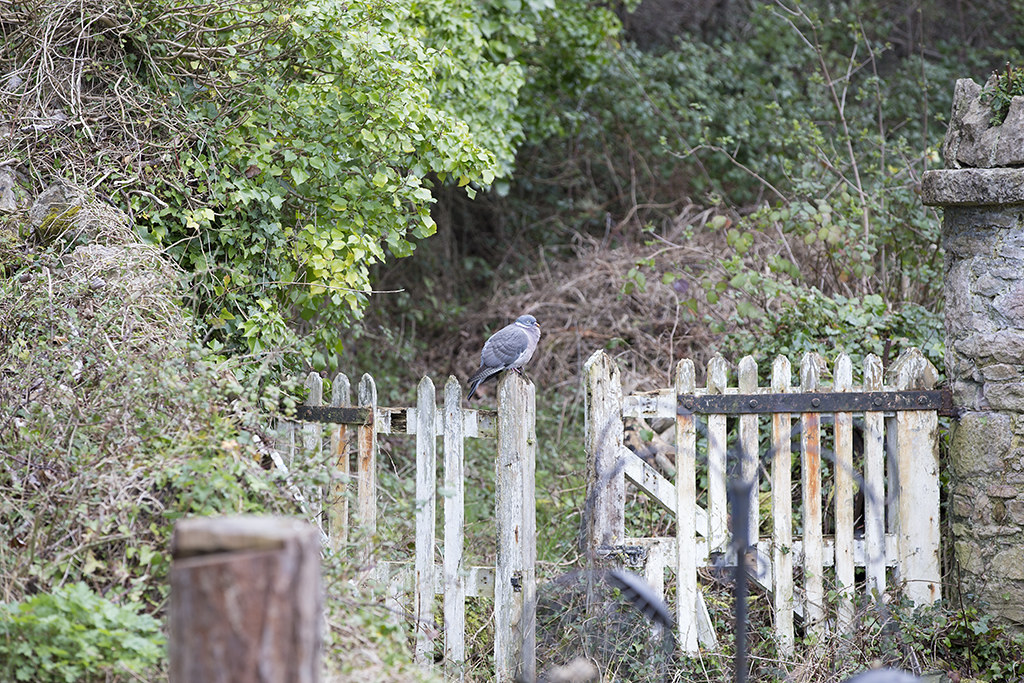
Canon 70-200mm f2.8 Mk11 with a 1.4 TC @ 280 mm (atf4)

Canon 300mm f2.8 @ 300mm ( at f2.8)

Canon 70-200mm f2.8 Mk11 with a 2.0 TC @ 380 mm (at f5.6)
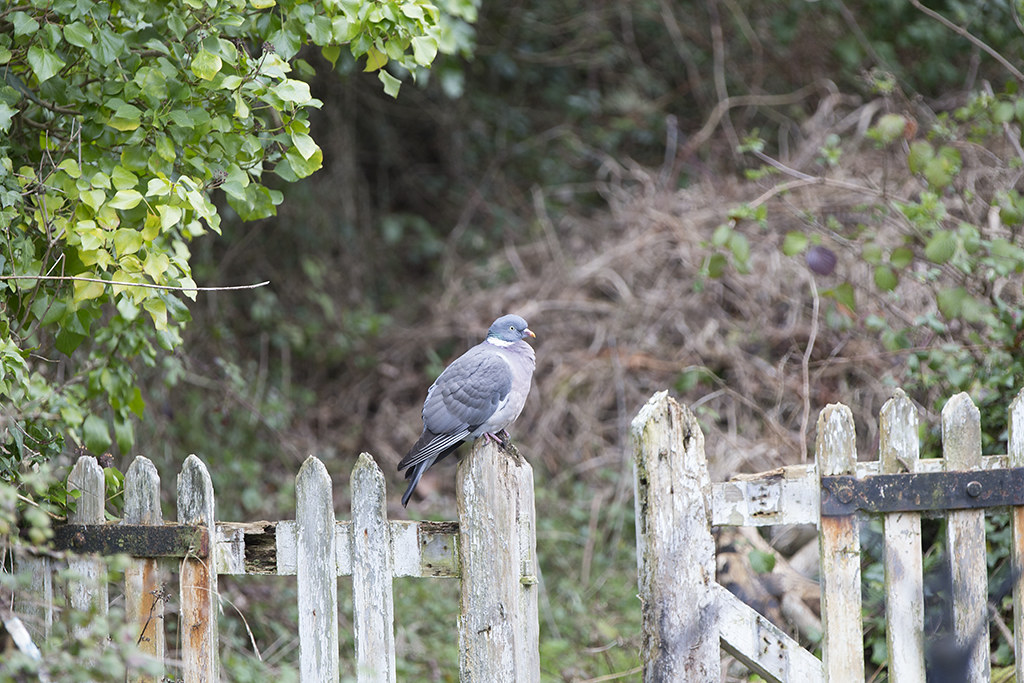
Canon 300mm f2.8 with a 1.4TC @ 420mm ( at f4)
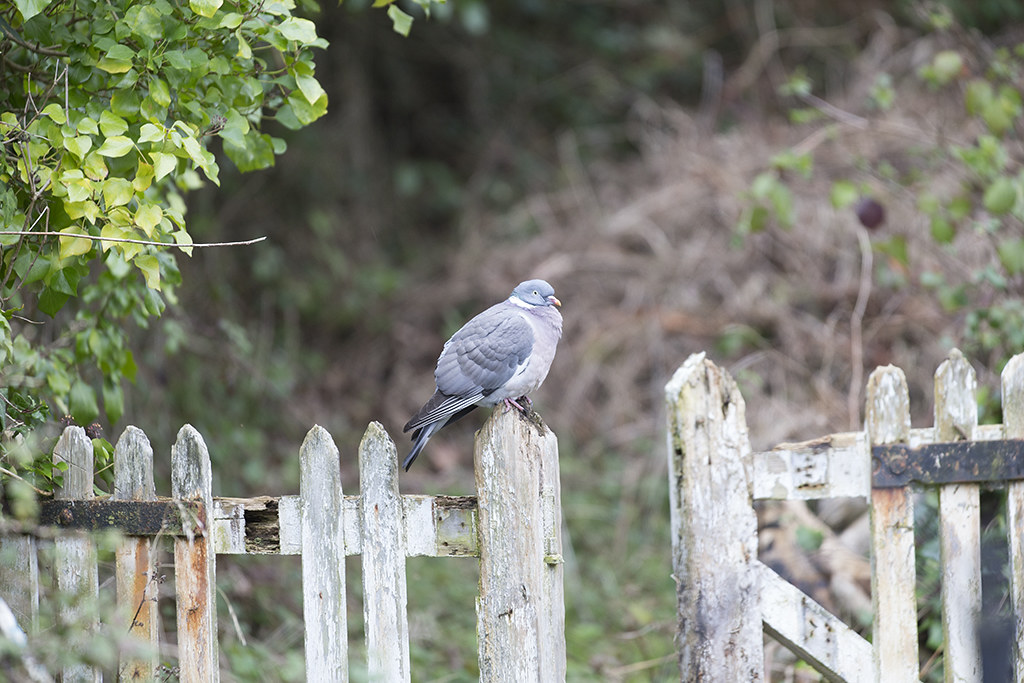
Canon 500mm f4 @ 500mm ( at f4)
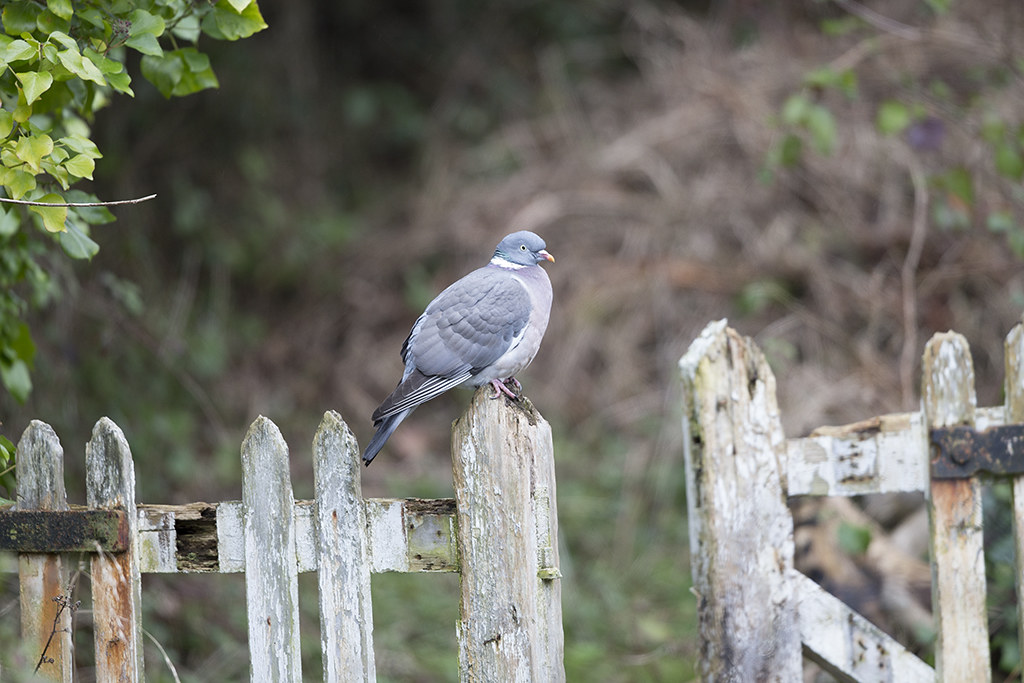
Canon 600mm f4 @600mm ( at f5.6)
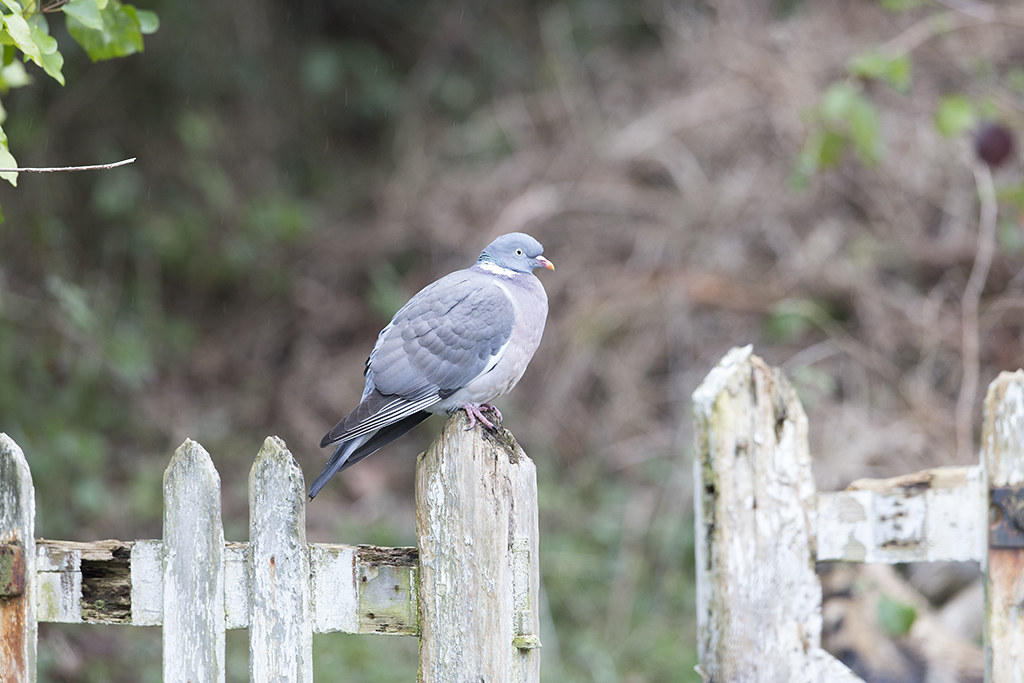
Canon 500mmf4 with a 1.4 TC @ 700mm( at f5.6)
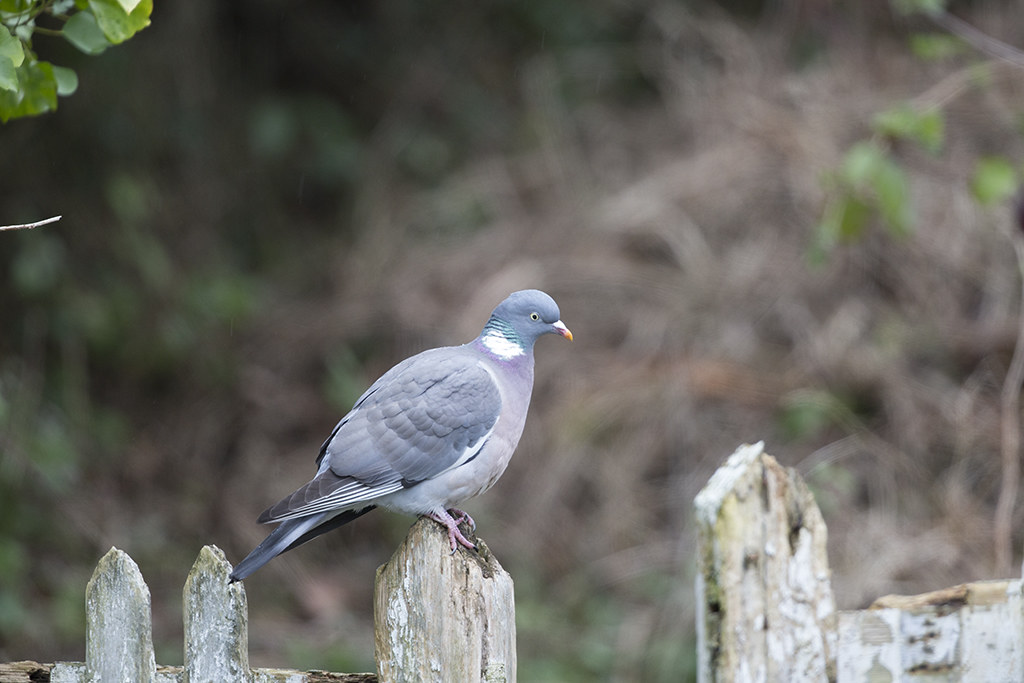
Canon 600mmf4 with a 1.4 TC @ 840mm( at f5.6)

Canon 500mmf4 with a 2.0 TC @1000mm( at f8)
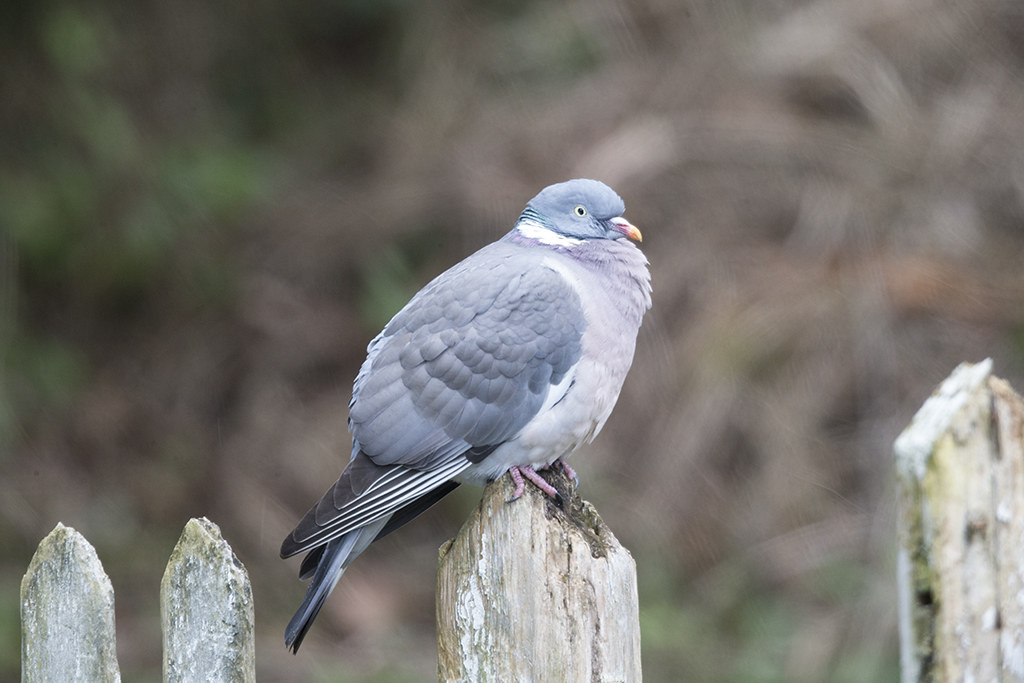
Canon600mmf4 with a 2.0 TC @1200mm( at f8)
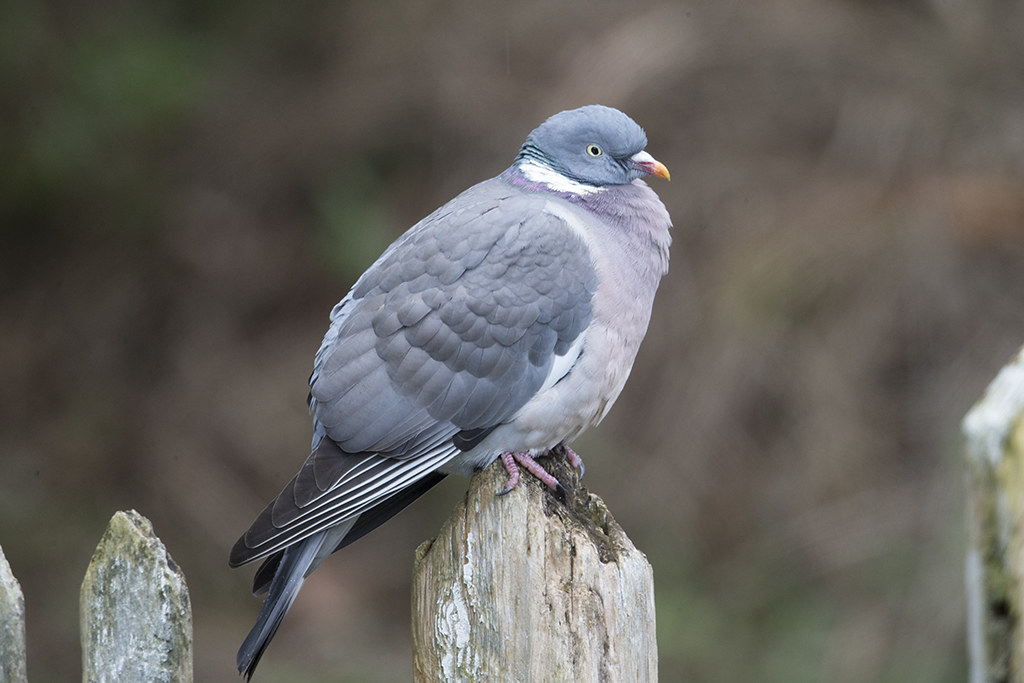
You might have noticed that the 300mm f2.8 and 2.0TC combination was missing, of course that would be the same image size as the 600mm f4 bare lens.
Another consideration too is how far from your subject you are likely to be. Some species are more confiding than others. Some you will be able to tempt very close by setting up a feeding station and using a hide will get you very close indeed however, as a rule of thumb I find that somewhere in the area of 400mm focal length is the minimum required for a lens to cover most situations.
The lenses I have demonstrated are all pretty expensive so if budget is a consideration, and it is for most of us, Canon's 400 f5.6 or 100-400mm Mk11 f4.5-5.6 are certainly very worthy of consideration as are some 3rd party lenses such as Sigma's 150-600 f5-6.3.
You need to remember not all camera bodies will allow you to use auto focus at f8 so a 2.0x TC cannot be used on an f4 lens and in the case of those that will, you still can't use auto focus at above f8 so a 2.0x TC is little use with some lenses unless you are prepared to use manual focus .
I personally would always recommending investment in a lens before a camera body as lens technology develops at a much slower pace than camera bodies do. Today's top of the range body will soon be out of date (but will still take excellent shots for many years to come.)
I always look at the "used" market before considering buying new and if it is a recent product I am happy to buy a grey import , a body or lens designated for sale in a foreign county and not where you buy it. They should still come with a guarantee that you can trust if you buy from a reputable company, and once they are out of warranty they can be repaired if necessary just the same as any other piece of kit.